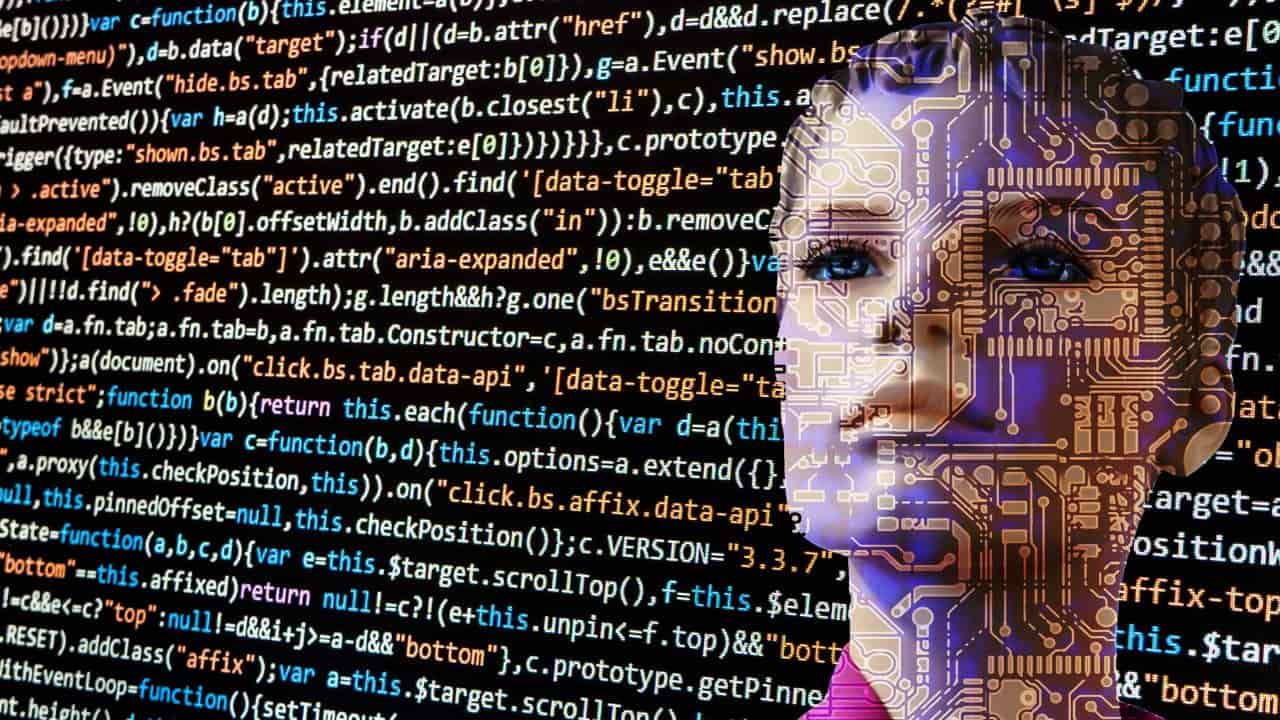Artificial Intelligence Technology: AI refers to a machine’s capacity to exhibit human-like capabilities such as reasoning, learning, making preparations, and imagination.
AI allows infrastructures to comprehend their surroundings, deal with what they see, resolve issues, and act in order to fulfill a particular goal. The computer receives data that has already been prepared or collected by its own sensors, such as a camera, processes it, and reacts.
Why is AI important?
AI technologies have been around for more than 50 years, but the latest developments in computing power, the accessibility of massive amounts of data, and computational methods have resulted in AI Research advancements.
The prospective segment is anticipated to usher in transformation, but AI has already been present in our daily lives.
HOW CAN AI BE DANGEROUS?
Often these studies indicate that a superintelligent AI is unlikely to exhibit human emotions such as love or hate and that there is no reason to expect AI to become deliberately beneficent or nefarious
- The AI is programmed to do something devastating: Ballistic missiles are AI systems that have been conditioned to kill. These armaments could easily result in mass fatalities in the hands of the wrong person.
- The AI is programmed to do something beneficial, but it develops a destructive method for achieving its goal: This can occur when we fail to fully align the AI’s goals with ours, which is extremely hard. If you ask a subordinate smart car to take you to the departure gate as quickly as possible, it might get you there chased by helicopters and covered in vomit, doing precisely what you asked for.
Why the recent interest in AI Safety?
Several leading AI scientists, including Stephen Hawking, Elon Musk, Steve Wozniak, and Bill Gates, had already recently expressed concern about the risks posed by AI in the media and via open letters.
Also Read: Optical Illusion Technology
The idea that the pursuit of strong AI would achieve greatness was long thought to be science fiction, centuries or more in the future. Whereas other experts believe that human-level AI is still centuries away, the majority of AI researchers at the 2015 Puerto Rico Conference predicted that it would occur before 2060.
How Does AI Work?
Intelligent systems’ actions are governed by precepts. It is based on transferring cognitive beings and characteristics to a robot.
The system employs processing capacity to outperform what the average human is capable of. The machine must be taught to respond to specific deeds.
Engineering and cognitive science are the two fundamental principles upon which AI is built. Engineering entails creating tools that are similar to general intelligence. Engineering and cognitive science are the two pillars upon which AI is built. Engineering entails creating tools that are similar to human intelligence.
Intellectual science is concerned with simulating how the human brain works, and it contributes to AI in a variety of ways, which would include machine learning, deep learning, neural networks, cognitive computing, computer vision, natural language processing, and knowledge reasoning.
AI Systems Are Not Monolithic
There is no such thing as machine learning. It’s a broad field. Simple, reduced AI systems focus on a single task, such as weather apps, business data assessment applications, cab booking software, and laptop computers.
This is the type of AI, known as “Narrow AI,” with which the average person is most likely to interact. Their primary goal is to increase utilization.
On the other end of the spectrum, innovative devices are able complex tasks by emulating human intellectual ability at a higher level. This would include creative, abstract, planning, and strategy.
Technically accurate, this type of truly super-intelligent machine, known as “Artificial General Intelligence” or AGI, appears to exist only on the silver screen for the time being, however, the race to realize it is advancing.
Where is Artificial Intelligence Used?
Humans have pursued artificial intelligence because they recognize its importance in company technology and creative conversion.
Every day, you most likely interact with some form of AI. The usages of artificial intelligence are far too plethora to list here. Here’s a high-level overview of some of the most important ones.
Cybersecurity
Human-based cyber defenses are no longer adequate as cyberattacks grow in scale, sophistication, and regularity.
Anti-malware requests were historically designed with specific threats in mind. As a computer virus was discovered, virus signatures would be updated.
AI-powered generally pro, router, malware prevention, and other cybersecurity systems go beyond the traditional regulation approach.
AI-powered anti-spam, firewall, intrusion detection/prevention, and other cybersecurity systems go beyond the traditional regulation approach.
The goal Is to identify, analyze, mitigate, or eliminate hazards in real-time. They use AI systems to detect malware traits and deal with them accordingly even before the threat is formally identified. The goal is to identify, analyze, mitigate, and prevent threats in real-time. They use AI systems to detect malware traits and take corrective action even before the threat is formally identified.
Speech Recognition and Natural Language Processing
Voice control, also known as speech-to-text (STT), is a technology that recognizes speech and converts it into digital text. Voice search, also known as speech-to-text (STT), is a technology that recognizes speech and converts it into digital text.
It’s at the heart of the telephone Navigation system and telephone notify responding food menu, as well as computer transcription apps.
Some NLP systems use emotion analysis to assess a word’s attitude, mood, and subjective qualities. Some NLP systems use sentiment analysis to determine an idiomatic attitude, mood, and subjective qualities.
Image Recognition
Face detection, also referred to as machine vision or computer vision, is a type of artificial intelligence that allows one to classify and identify people, objects, text, actions, and writing inside of relocating and some still photos.
Computer vision, which is typically fueled by the convolutional neural network, has found applications in self-driving cars, medical image/video analysis, fingerprint identification systems, check deposit apps, and other areas.
